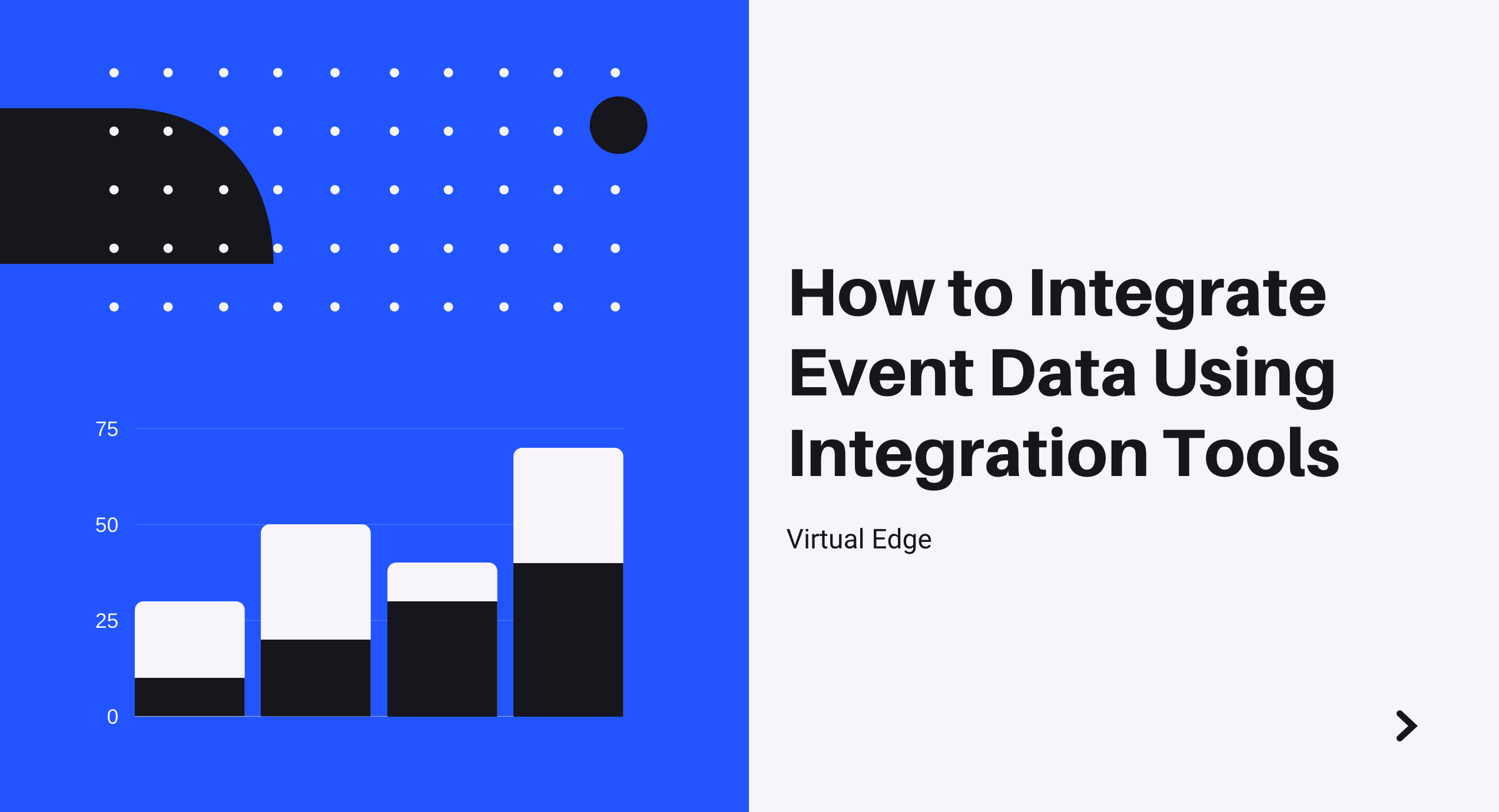Event data is one of the core elements in the event business world. It helps you know your customers better, their behaviors and preferences.
The advancement in event app technology has allowed organizers to run events seamlessly through various devices. It is beneficial for both the organizers and the attendees as it enables them to connect.
The event app also provides essential data to the organizers. Additionally, data integration plays a vital role to ensure the process is working smoothly.
With an efficient combination, all you need is the right tactic and a platform for smooth functioning.
What is Data Integration and Why is it Important?
Integrating data is not as hard as one might think. Every organization uses different directories to get information based on events, sales, finance, marketing, and so on.
According to IBM, data integration is when business and technical processes combine together. It is useful for merging data gathered from different resources into valuable and significant information.
Data integration is when you put all the data together to form a network where your business can operate in.
The information offered by integrating data is helpful for business applications to obtain knowledge from a company’s recent data. It is also useful as it helps you use your data in a better way.
The process of data integration is crucial for teaming up with other organizations like business partners, suppliers, etc.
How to Integrate Event Data?
To boost the success of your event, it is necessary to gather the correct data. However, that is not enough.
Event marketing should not only be dependent on the analysis of the data but also the insights. With the right vision, data integration helps you in achieving success in event marketing.
Therefore, event coordinators need to integrate event data to other platforms for a better marketing approach.
Let’s have a look at some of the integration tools useful for event data.
Zapier
One of the leading platforms for data integration is Zapier. It is an easy-to-use tool. Event organizers can build Zaps with this tool for smooth work progress between various apps.
Zaps consists of actions and triggers. An event that occurs in a single app is called a trigger. Actions are events Zapier operates in a different app.
IFTTT
IFTTT, pronounced as ‘ift,’ is a free network-based application that can generate a complex series of programmed actions.
It consists of two features. ‘If this’ are the triggers and ‘then that’ are the following actions. These features form applets, which is the essential function of this tool.
API
API stands for Application Programming Interface. This tool allows various software applications like CRM to work together and share event data.
APIs that are custom let you request for particular information when you integrate your data to CRM or other applications.
Webhooks
After the completion of an action, we can send event data from a web program to another with the help of Webhooks.
We can make use of this tool to send data changes, notifications, and other real-time notifications. Just like Zapier, Webhooks consist of two types of elements.
Data integration is helpful as it builds trust and assurance in your event data. With the help of integration, you can also administer your data in the current time.
